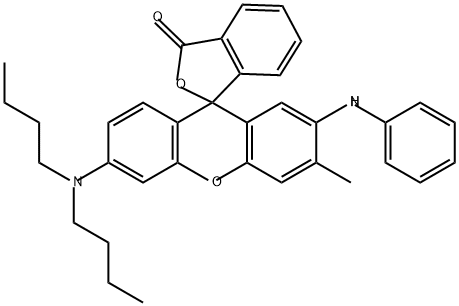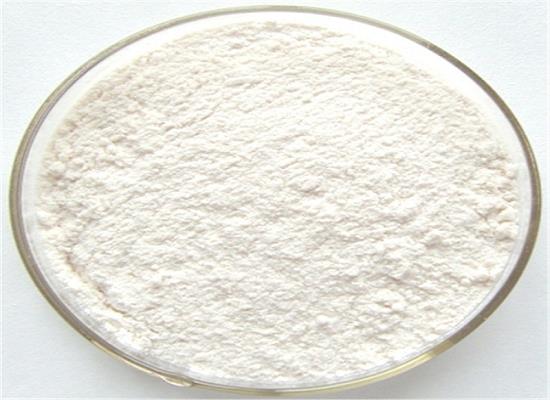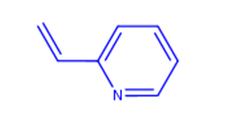Application of 2-Anilino-6-dibutylamino- 3-methylfluoran
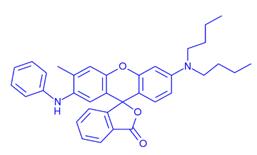
2-Anilino-6-dibutylamino- 3-methylfluoran(2-Anilino- 3-methyl-6-dibutylaminofluorane; 2-Anilino-6-dibutylamino- 3-methylspiro [9H-xanthene-9,1'(3'H)-isobenzofuran]-3'-one) is an important organic fluorescent dye, used widely in the chemical field. At the same time, this substance has been employed to explore the precise characterization of controlled release property, which will be of interest in switchable microcapsules for drug delivery system and information recording device, such as: Jiang et al. found one kind of photo-responsive microcapsule based on the coumarin-modified shell. By introducing the fluorescent dye 2-anilino-6-dibutylamino- 3-methylfluoran (ODB-2) into microcapsules, the controlled release behavior of CMMs can be measured by fluorescence microscope and fluorescence spectro-
photometer. The CMMs exhibit distinct “on” state and “off” state separately under different ultraviolet light, achieving ODB-2 release and trapping[2].
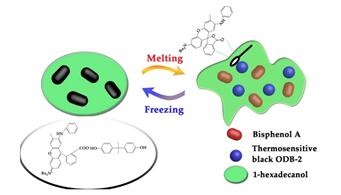
In addition, 2-anilino-6dibutylamino-3-methylfluoran (ODB-2) has been used in light-driven phase change materials (PCMs)[3]. Light-driven phase change materials (PCMs) have received significant attention due to their capacity to convert visible light into thermal energy, storing it as latent heat. Thermochromic phase change materials (TC-PCMs) were prepared by introducing 2-anilino-6dibutyla mino- 3-methylfluoran (ODB-2) and bisphenol A (BPA) into 1-hexadecanol (1-HD) in various proportions.
2-anilino-6-dibutylamino-3-methylfluoran (ODB-2) could be selected as a color former. 1-hexadecanol (1-HD) and bisphenol A (BPA) served as solvent and developer, respectively. The thermochromic materials were black at room temperature, and when 1-hexadecanol melted into an amorphous state, the color faded[3]. This process caused notable light absorption changes due to the color variation of ODB-2, and the thermal equilibrium under irradiation was achieved at a lower temperature, which was beneficial for increasing the photostability of the light-harvesting molecules under continuous irradiation. ODB-2, like many other similar chromophores, presents two different isomers: the leuco lactone form, which is colorless, and the open carboxylate state, which is colored. When 1-HD starts to crystalize as temperature decreases, the equilibrium between both isomers of ODB-2 is displaced by interactions with bisphenol A through hydrogen bonding, which favors ring-opening of the color former.
References
[1] https://www.chemicalbook.com/ProductChemicalPropertiesCB9855166_EN.htm
[2] Jiang N, Cheng Y, Wei J. Coumarin-modified fluorescent microcapsules and their photo-switchable release property[J]. Colloids and Surfaces A: Physicochemical and Engineering Aspects, 2017, 522: 28-37.
[3] Ren C, Liu F, Umair M M, et al. Excellent Temperature-Control Based on Reversible Thermochromic Materials for Light-Driven Phase Change Materials System[J]. Molecules, 2019, 24(8): 1623
You may like
See also
Lastest Price from 2-Anilino-6-dibutylamino-3-methylfluoran manufacturers
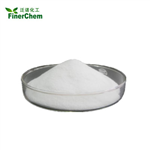
US $0.00/Kg/Drum2025-04-21
- CAS:
- 89331-94-2
- Min. Order:
- 1KG
- Purity:
- 99%
- Supply Ability:
- 500mt/year
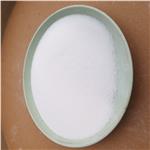
US $0.00-0.00/KG2025-04-15
- CAS:
- 89331-94-2
- Min. Order:
- 1KG
- Purity:
- 99%
- Supply Ability:
- 500000kg
